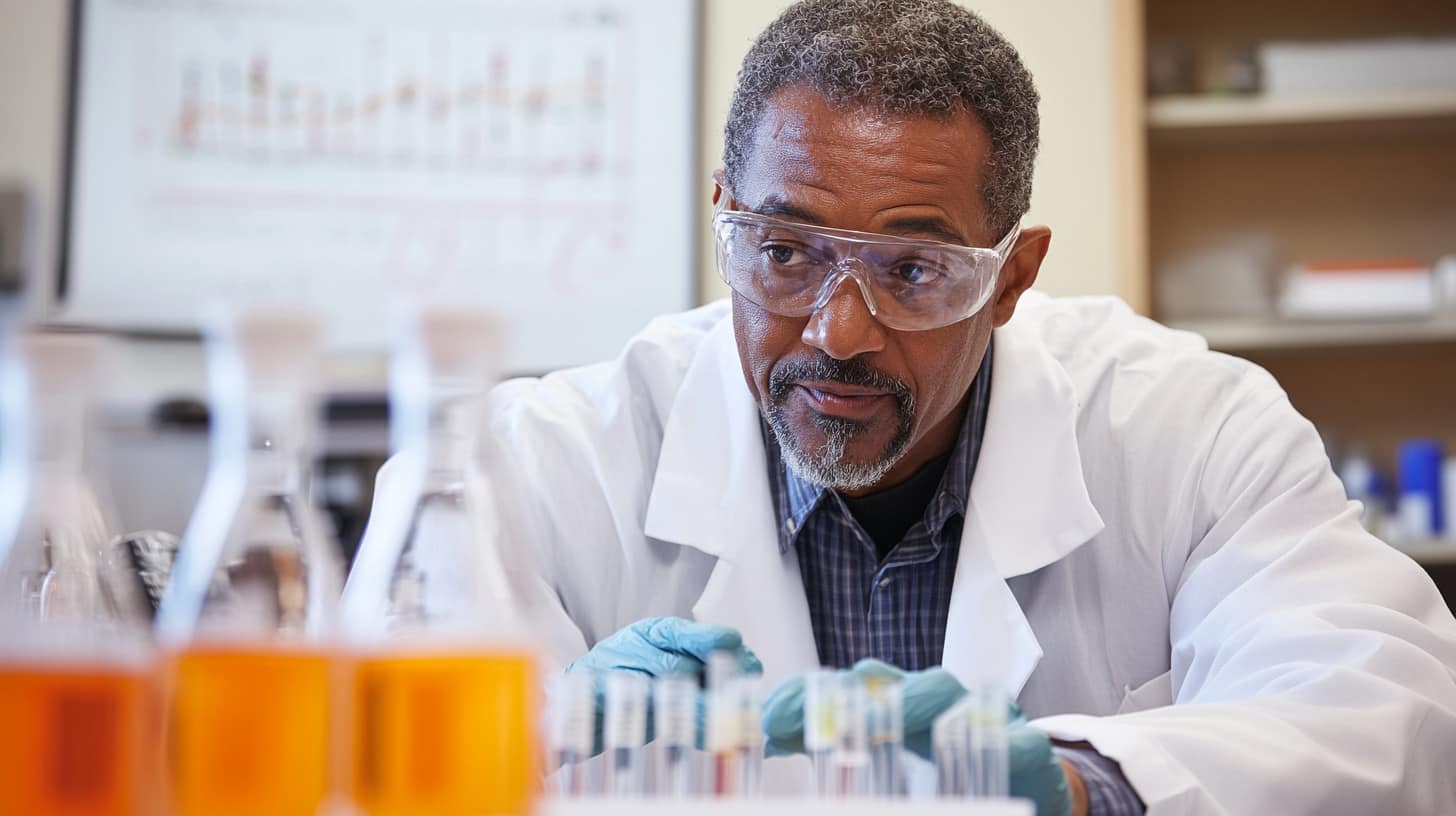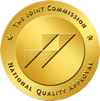Alcohol. It’s woven into celebrations, commiserations, even the quiet moments of daily life. In small doses, it loosens us up, makes us feel more connected, more relaxed, sometimes even more confident. But as we dig into the science of alcohol abuse—or ethanol (EtOH) as it’s known in chemistry—something fascinating and far darker unfolds.
Alcohol, for those who abuse it, doesn’t just serve as an innocent social lubricant. It becomes a remarkably insidious chemical, capable of altering the very biology of the brain and, in turn, a person’s entire sense of self and well-being.
The Science of Alcohol Abuse: Why?
Why does this happen? What makes alcohol a substance so widely accepted, yet so dangerously addictive? The answers lie in the science of addiction—a unique arena of biochemistry, psychology, and even societal influences.

What Exactly Is Alcohol Abuse?
The problem with the science of alcohol abuse alcohol, is not so much about what it does when you drink—it’s about what happens afterward. Ethanol, found in alcoholic beverages, has a complex relationship with the human brain, one that goes much further than the initial buzz or sense of relaxation.
At a certain point, the body’s regular coping systems simply can’t keep up, and we shift into a mode of dependency that changes us physically and psychologically.
Alcohol abuse begins when drinking habits become excessive and harmful, pushing our bodies and minds into dangerous reactions. Ethanol is both a stimulant and a depressant, creating an immediate sense of euphoria, yet slowing essential systems over time.
The Science of Cravings and Addiction
At the heart of the science of alcohol abuse is a question: What is the biological basis of craving? Why does our brain latch onto certain substances and seemingly refuse to let go?
- Dopamine’s Deceptive Rewards: Ethanol kicks dopamine production into overdrive. Dopamine, our brain’s “reward” neurotransmitter, signals that drinking is pleasurable and worthwhile. Yet, dopamine is a double-edged sword: each hit reinforces the brain’s desire to repeat the action, making alcohol consumption feel not just enjoyable, but essential.
- GABA and Glutamate: Ethanol stimulates GABA, which slows brain activity, creating that relaxed feeling. But to maintain balance, the brain also increases levels of glutamate, which has an excitatory effect. Over time, this shift dulls our natural ability to relax without alcohol. Suddenly, a drink feels not like a choice but like a requirement to “feel normal.”
- Neuroplasticity or Changes in Brain Structure: Consistent alcohol use rewires the brain. It slows down its production of dopamine. Once alcohol is out of the system, the brain struggles to find pleasure in other activities. It’s a forced adaptation that demands more alcohol to achieve the same effect, creating a cycle that’s far more powerful than mere habit.
These biological shifts are why the problem of addiction isn’t as simple as “just quit.” It’s an ingrained system in the brain, an automatic response, crafted by both chemistry and circumstance.
The Science of Alcohol Abuse: How to Treat It
Effective treatment of alcohol addiction takes a complex approach. It’s not just about quitting drinking. It’s about rewiring, reconditioning, and renewing the brain’s entire reward system. The good news? We have the tools that can effectively help people reclaim control over their own minds.
- Medication-Assisted Treatment (MAT): Medications like naltrexone or disulfiram don’t “cure” addiction, but they intercept the brain’s reward mechanisms. Naltrexone, for instance, blocks opioid receptors, meaning that alcohol doesn’t feel nearly as satisfying. It removes the brain’s “need” for alcohol on a biochemical level, reducing cravings in a way that’s powerful, but subtle.
- Behavioral Therapies: Techniques like Cognitive Behavioral Therapy (CBT) and Motivational Interviewing (MI) dive deep into the habits and mental patterns that have solidified around drinking. These therapies help people uncover why they reach for alcohol, recognize the moments they’re most vulnerable, and develop strategies to find pleasure and calm without needing a drink.
- Neuroplasticity and Long-Term Recovery: Rewiring the brain is no small feat. That’s why recovery is often framed as a journey, not a destination. The concept of neuroplasticity—the brain’s remarkable ability to adapt—underpins many modern treatment approaches. This science shows us that, with consistent practice, we can train the brain to find joy, calm, and satisfaction without alcohol.
Looking for a Scientifically Based Alcohol Abuse Treatment Center?
EagleCrest Recovery offers an inpatient alcohol rehab that is based on proven, evidence-based principles. We understand that the brain’s need for alcohol is as much a question of chemistry as it is of willpower.
Yet, it’s possible to break free, and recovery doesn’t have to be an exercise in deprivation. With the right support, anyone can learn to reclaim their sense of self and live a life free from the pulls of ethanol.
So, if you or someone you love is caught in the cycle, reach out. We can help you find a better way to be. Call EagleCrest Recovery today: 844-439-7627.


